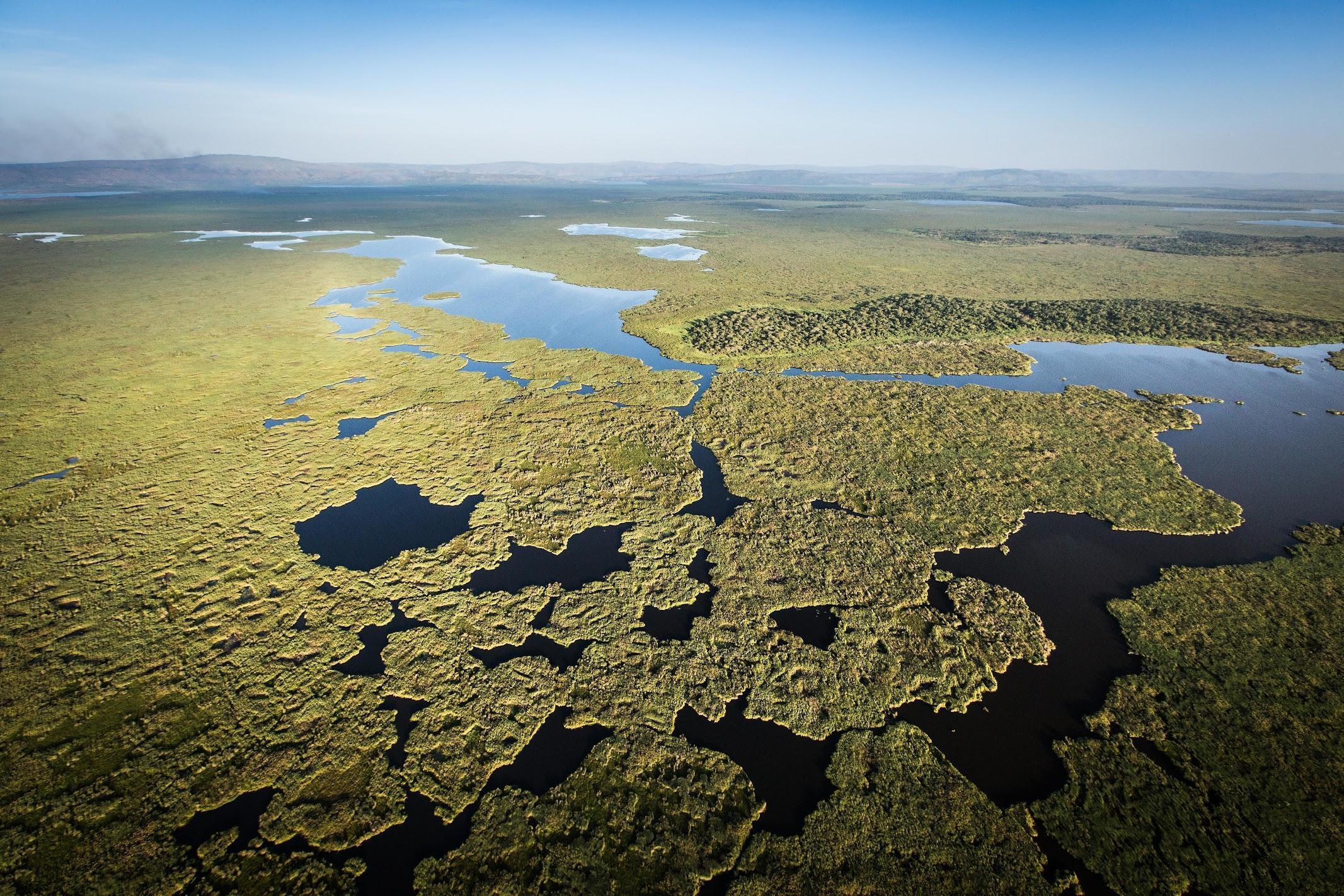The Slow Fund: Conserving Africa's Iconic Species & Landscapes With African Parks
Recognizing the impact the pandemic has had on conservation funding across Africa, which has historically relied heavily on tourism, B&R has partnered with African Parks, pledging US$50,000 per year to specific parks across Africa for the following three years, commencing 2022.
African Parks is a non-profit conservation organization that takes on direct responsibility for the rehabilitation and long-term management of protected areas in partnership with governments and local communities. African Parks was founded in 2000 in response to the crisis facing Africa's protected areas. Their vision is to effectively manage Africa's protected areas and national parks on behalf of governments to benefit wildlife and local communities.
Their business model created a new paradigm for conservation, playing a major role across the continent in helping African governments turn their failing parks into ecological, socio-political, and economic strongholds for their countries. It's a solution to one of Africa's most pressing challenges. In 20 years, they've built the largest and most ecologically diverse portfolio of parks of any one organization in Africa. With 19 parks in 11 countries spanning more than 36 million acres, their footprint is the equivalent of half of the land in the US National Parks system.
Akagera National Park
Our nominated park for 2022 is Akagera National Park, Rwanda. Akagera is Central Africa's largest protected wetland and Rwanda's last remaining savannah ecosystem. It is, therefore, the only protected area in Rwanda suitable and prepared to sustain black rhino and lion populations. 20 years ago, it was on the verge of being lost forever. Following the 1994 genocide, Akagera was a depleted landscape overrun by more than 30,000 cattle. In 2010, African Parks assumed management of Akagera in partnership with the Rwanda Development Board, shifting the park's trajectory. In just five years, poaching was mostly eliminated, and over two decades experienced a dramatic transformation and remarkable revival. Wildlife populations have increased by 48% since 2010, among them 43 lions and 28 black rhinos.
The park also offers a secure and healthy ecosystem that can one day be a stronghold for black rhinos and contribute to the conservation of the species on a regional level as a source of individuals and genetics for rewilding and reinforcing populations in other areas. Before the pandemic, when the park took a hard hit on its tourism revenues, Akagera was well on its way to becoming African Parks' first financially self-sustainable park. The park remains an inspiring conservation story that will enthral us for years to come with every re-introduction.
Akagera National Park is often included as an extension when planning a Rwanda Bespoke trip. Sighting lion, rhino or any of the endangered species here is an emotional experience when one understands the remarkable journey of transformation the region has undergone in twenty years.
"When you look at the transformation of Akagera, with species like lions coming in 2015, rhinos in 2017, this is not by accident. We could not have done this alone which is why we invited African Parks to help us realize what I know and what many know to be true: that we are dependent on our natural resources for our economic development and our survival. We cannot deplete our natural resources and expect to thrive. By working with African Parks we are creating something that will be sustainable in the very-long term, while getting the results we need and which we see on a day-to-day basis. - His Excellency, Paul Kagame, President of Rwanda "
Photography credit: Akagera National Park, Rwanda © Scott Ramsay / Giraffe in Akagera National Park, Rwanda © Marcus Westberg

